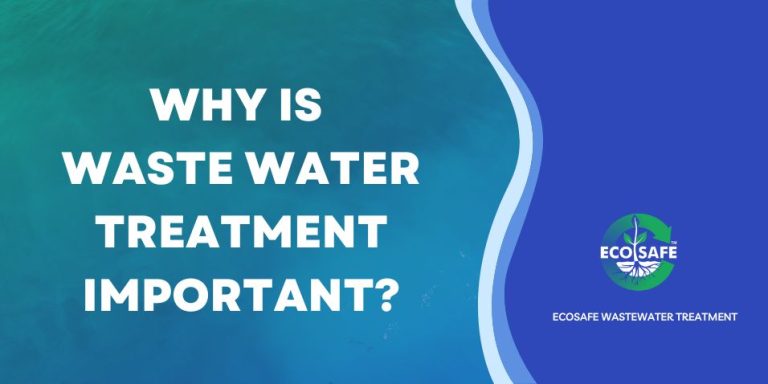The Best Guide To Reclaim Waste
Table of ContentsSome Of Reclaim WasteExcitement About Reclaim WasteThe Best Guide To Reclaim WasteRumored Buzz on Reclaim WasteReclaim Waste for Dummies
Discover the kinds, events, and kinds of liquid waste. Domestic sewer waste describes the waste and items from a property septic tank. This sort of waste is produced by human beings in houses, colleges, and other buildings. This only includes septic systems that have a drain area. The appropriate management and disposal of residential sewer waste need liquid waste to be transferred to a sewer treatment plant where the appropriate techniques and tools are related to cleanse and throw away waste.
Industrial waste often includes prospective threats, such as combustible products or a mix of liquid and strong waste items, and calls for an advanced and comprehensive disposal process. The disposal of business waste normally entails the filtration of waste prior to transportation to guarantee safe and correct disposal. Industrial waste is developed from results and runoff of commercial processes and production.
This kind of waste can not utilize the same sewage management transportation or processes as septic or commercial fluids. The industrial waste management process requires the evaluation and screening of fluid waste before it undertakes the disposal procedure (industrial wastewater treatment). Drainage waste is the fluid waste that comes from overflow and excess stormwater in highly populated areas or cities
Overflow waste can trigger contamination and flooding if not taken care of correctly. Ensuring proper waste administration can prevent disasters and minimize environmental harm.
A Biased View of Reclaim Waste
Call PROS Solutions today to find out about our waste administration and disposal services and the correct ways to take care of the liquid waste you produce.
(https://blogfreely.net/reclaimwaste1/yc311a58b1)This so-called 'wastewater' is not only a vital resource however, after treatment, will be released to our land, waterways or the sea. Made use of water from toilets, showers, bathrooms, kitchen sinks, washings and commercial procedures is recognized as wastewater.

water made use of to cool equipment or clean plant and tools). Stormwater, a form of wastewater, is drainage that moves from agricultural and city areas such as roof coverings, parks, gardens, roadways, paths and gutters right into stormwater drains, after try this rainfall. Stormwater moves untreated directly to neighborhood creeks or rivers, eventually reaching the ocean.
The Buzz on Reclaim Waste
In Queensland, a lot of wastewater is dealt with at sewer therapy plants. Wastewater is transferred from residential or commercial sites via a system of drains and pump stations, understood as sewerage reticulation, to a sewage treatment plant.
The Department of Natural Resources recommends city governments about managing, operating and preserving sewage systems and treatment plants. In unsewered locations, neighborhood federal governments might require householders to install specific or household sewage therapy systems to deal with residential wastewater from bathrooms, kitchens, restrooms and laundries. The Department of Natural Resources authorises the usage of house systems when they are shown to be effective.
In some brand-new class, treatment of some stormwater to eliminate litter, sand and crushed rock has started making use of gross pollutant catches. Wastewater therapy happens in four phases: Eliminates solid issue.
Wastewater then moves right into huge storage tanks where solids clear up and are gotten rid of as sludge. Grease and residue are skimmed from the surface. Makes use of small living microorganisms knows as micro-organisms to damage down and remove staying liquified wastes and fine fragments. Micro-organisms and wastes are incorporated in the sludge. Removes nitrogen and phosphorus nutrients that can cause algal flowers in our rivers and intimidate water life.
The Ultimate Guide To Reclaim Waste
Nutrient elimination is not readily available at all sewer therapy plants because it requires expensive specialised equipment. Clear fluid effluent created after therapy might still contain disease-causing micro-organisms - industrial wastewater treatment.

This generally indicates wastewater has to be treated or pollutants gotten rid of prior to it can be released to rivers. Many wastewater streams into the sewage system. Under the Act, regional federal governments provide authorizations and licences for eco pertinent tasks (Ages) involving wastewater launches that may have a neighborhood effect. The division carries out approvals and permits to Ages entailing wastewater launches that may have a local or statewide influence.
Getting The Reclaim Waste To Work
Tracking supplies factual info concerning water top quality and can validate that permit problems are being fulfilled. The details acquired through monitoring provides the basis for making water high quality choices.